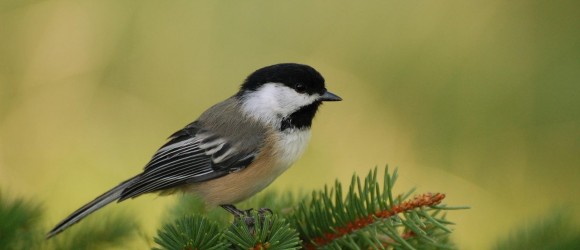Landscaping for the birds
Landscaping with birds in mind is good Feng Shui
Inviting birds into your yard brings good energy. Feng Shui teaches us that energy is attracted by movement, colors, sounds and living things. Birds bring all of these things into our gardens. Birdfeeders aren’t the only tools for attracting birds. By choosing the right trees, shrubs and perennials, you can create a habitat that will draw birds and other wildlife.
- Conifers provide cover, winter shelter and summer nesting sites. Some also provide sap, buds and seeds.
- Grasses and legumes provide cover for ground-nesting birds if the area is not mowed during the nesting season. Some also provide seeds.
- Nectar-producing plants attract hummingbirds and orioles. Hummingbirds especially like tubular red flowers, such as bee balm, coral bells and penstemon.
- Summer-fruiting plants include cherry, honeysuckle, raspberry, serviceberry, grape and plum. Birds attracted include brown thrashers, robins, thrushes, waxwings, woodpeckers, orioles, cardinals, and grosbeaks.
- Fall-fruiting plants include dogwoods, mountain ash, and cotoneasters. They are used by both migratory birds preparing to leave and non-migratory species preparing for winter.
- Many winter-fruiting plants are not palatable until they have frozen and thawed numerous times. These include chokecherry, snowberry, sumac and Virginia creeper.
- Nut and acorn plants provide food and nesting habitat. They include oaks, hickories, and sunflowers.
In addition to food and cover, birds and other wildlife need water. Water features (without chemicals) and bird baths are essential.
Got Squirrel?
- At May 06, 2015
- By blueirisdesigns@msn.com
- In Updates
 1
1
Maybe you think they’re cute, maybe you think they’re vermin. Either way, how do you deal with them?

Got squirrel?
If the answer is ‘yes’, what can you do?
The best way is to discourage them. Don’t make it easy for them.
- Cut back: Squirrels climb tree limbs, so a good rule of thumb is to cut branches until they’re six feet away from the roof line of your house — too far for most (non daredevil) squirrels to leap.
- Fix that feeder: If the home’s birdfeeder is the attraction, put an end to that by buying one of several varieties of squirrel-proof feeders. Or, give the squirrels something else to eat. Leave a pile of nuts or nail up a corncob away from the feeder.
- Block ’em out: Areas of concern should be covered with metal flashing, or quarter-inch mesh or even half-inch mesh. Extend the patch several inches beyond the hole in all directions to stop the squirrel from chewing around it.
- Collar that tree: Stop squirrels from climbing trees and power poles by wrapping them with a 2-foot-wide collar of metal, six feet off the ground. “Attach metal using encircling wires held together with springs to allow for tree growth.”
Important: One should always make sure that the squirrels are not present before sealing a hole.
Repellents
There is no ‘magic bullet’. Repellents are temporary, but they can still help.
- Hot sauce: There are products on the market that use capsaicin, the “hot” ingredient in pepper, to discourage squirrels from gnawing, for example. But the experts are skeptical about the effectiveness.
- Sticky stuff: Products that contain polybutenes, or sticky materials that can be applied to buildings, railings, downspouts and other areas to prevent squirrels from climbing, may also be effective because animals don’t like to walk on them. But it’s not exactly desirable to have strips all around your house like a sticky moat.
Source: Christopher Solomon



Recent Comments